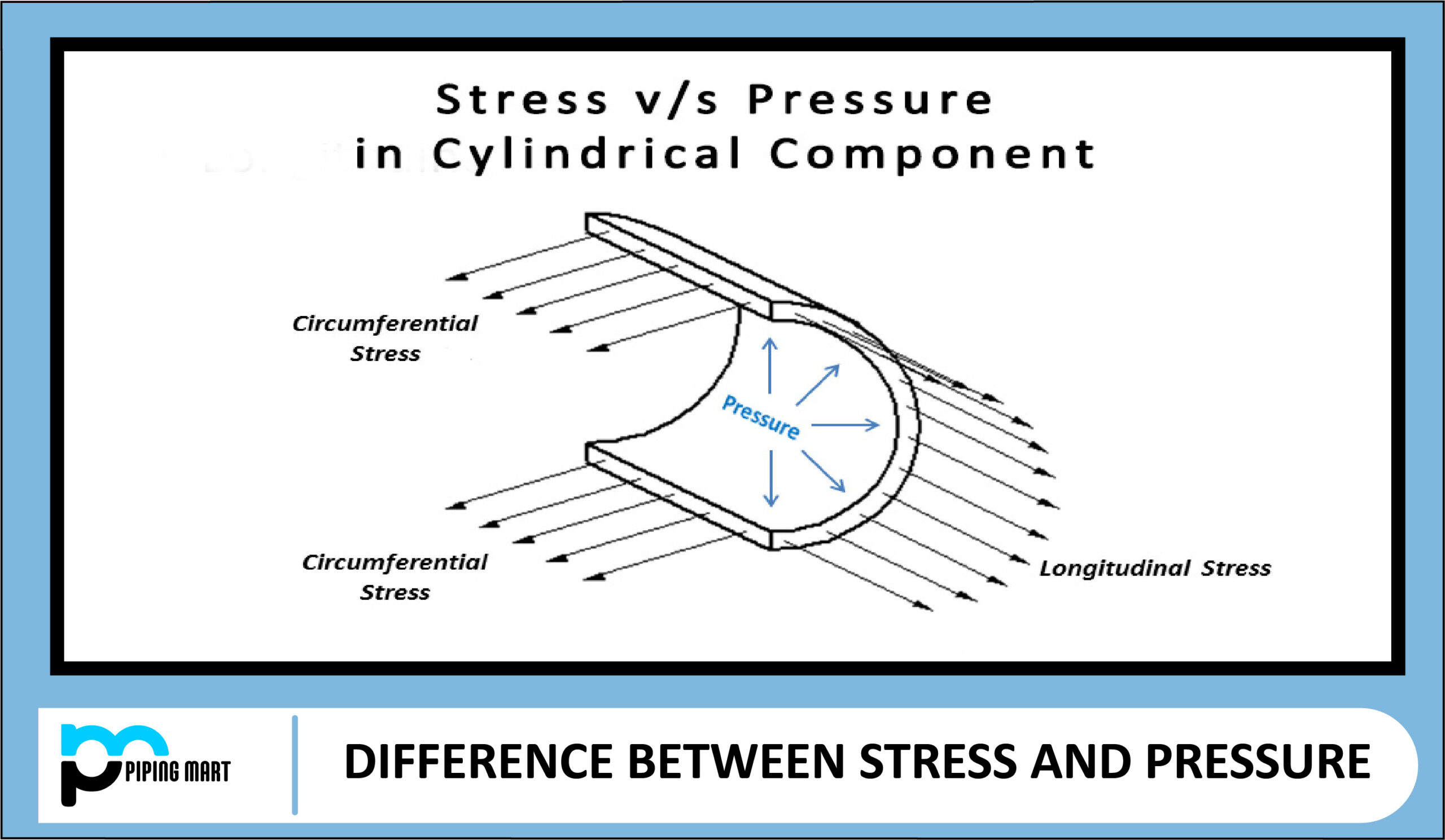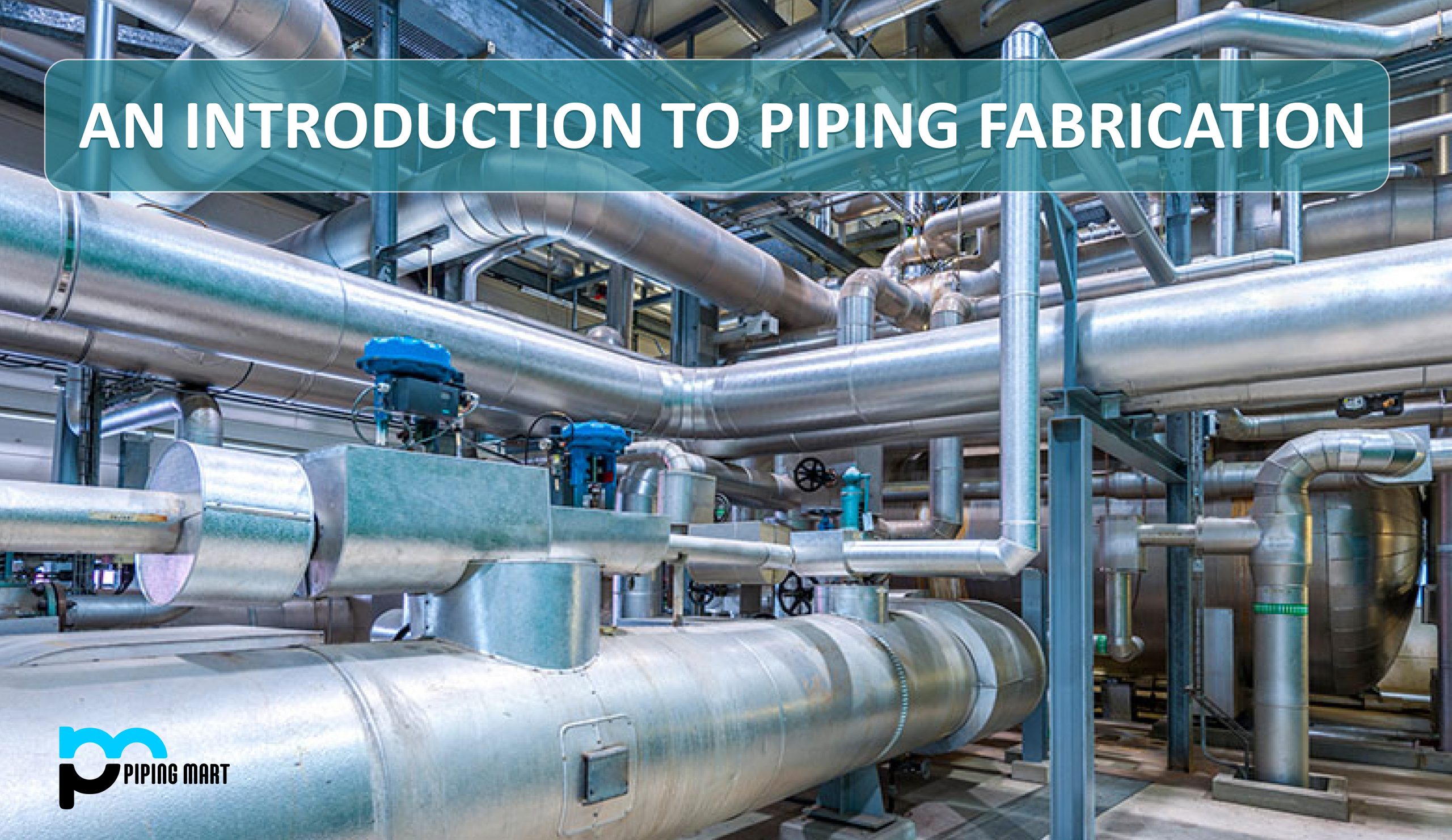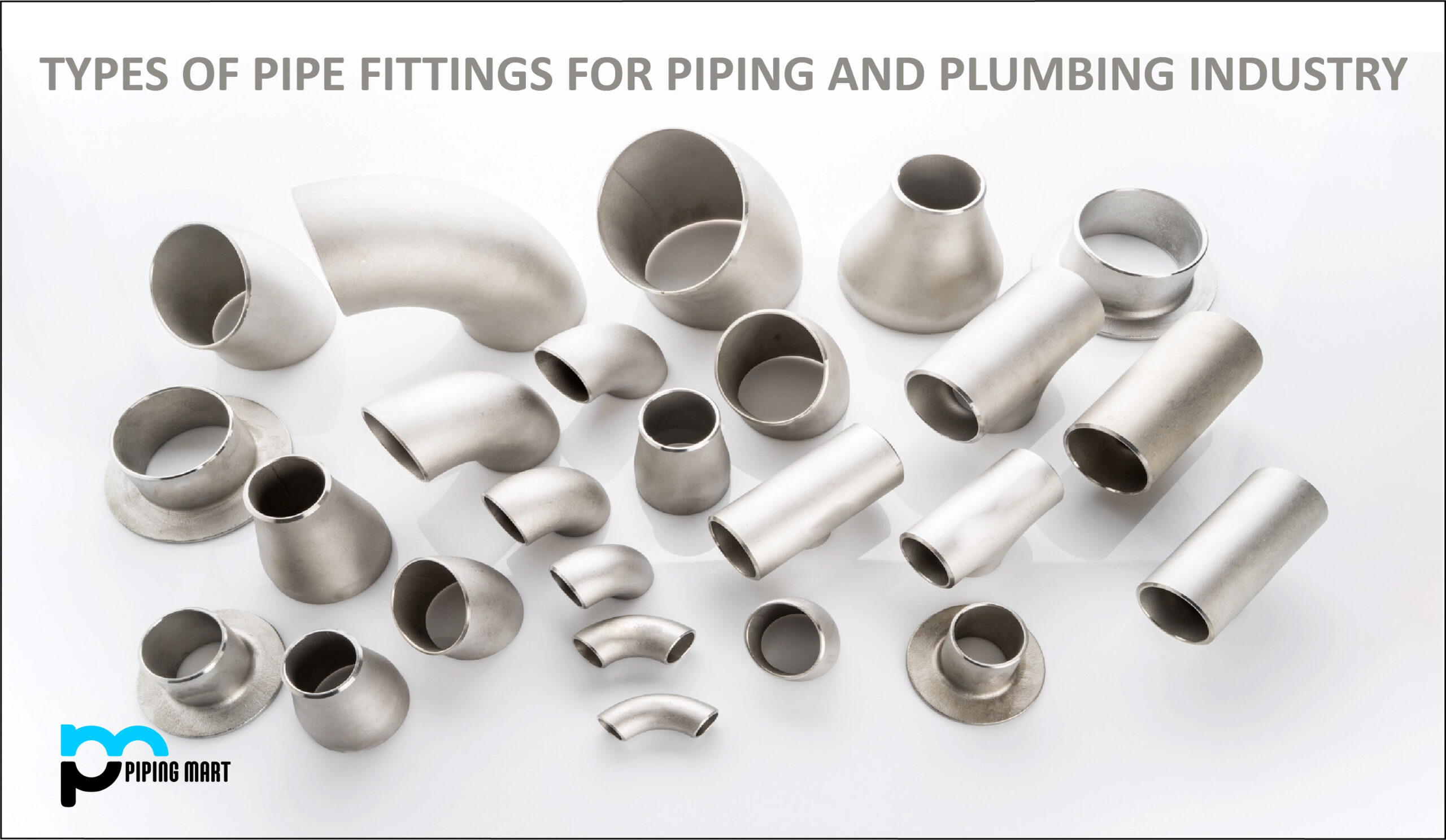What is Stress ?
Stress is defined as the amount of force per unit area that a material experiences. Stress is the internal force a material experiences over a cross-sectional area. Stress only arises when an outside force attempts to upset the equilibrium posture. For instance, when a spring is pulled, stress is created in it, and it seeks to regain its initial position. We tie stress to material engineering, where wires and sheets are given as examples of its use.
When we exert force on a body, it strives to modify its interatomic distance in order to alter its original shape. However, the body has a propensity to resist the external force in order to preserve its original shape. As a result, an internal opposing force has developed. Stress is the name for the opposing force that develops with each unit.
External force has the opposite direction as stress. Stress possesses a structural quality. It emerged inside a body to fend off an outside force. Inside a solid, the stress can vary in different directions.
Types of Stress
- Longitudinal pressure
- Compressive stress
- Normal stress
- Tensile stress
- Bulk stress
What is Pressure?
The amount of force applied per unit area is known as the pressure. At a certain location inside the fluid, it is constant in all directions. When a given amount of pressure is applied in a hydraulic machine, we employ pressure to affect mechanical devices.
The force an object uses to affect the region it affects is known as pressure. Consider the impact of a ball on a wall. The wall is under pressure as a result of the ball’s impact. The thermodynamic property includes pressure. The pressure is a scalar quantity as a result. Additionally, it links the vector area element’s (a vector normal to the surface) normal force with the vector area element. The majority of the time, the pressure is a fluid-related intrinsic feature. Micro-scale momentum transfer between the atoms of a liquid or gas volume (molecules contained within the volume) is what determines how the volume behaves.
Types of Pressure
- Vacuum pressure or sealed pressure
- Gauge pressure
- Absolute pressure
- Differential pressure
Difference between Stress and Pressure
| Stress | Pressure |
| The internal force that opposes deformation per unit area is referred to as stress. | The force applied per unit area is what is referred to as pressure. |
| It’s possible to see stress as either a positive or negative energy. | Pressure exerts a positive force at all times. |
| stress applies at internal level. the interatomic force of attraction, for instance, attempts to move these molecules to the lattice point when tensile stress is applied to a block of mass ‘m’ as a result, the restoring force inside is stress. | External pressure is applied to the surface. for instance, the force exerted on the ball or the fluid |
| There is no tool for measuring stress (not a measurable quantity). Stress is calculated based on either strain or elongation. | The pressure is physically measured (measured) using pressure gauges, manometers, and other pressure measuring tools or equipment. |
| Stress can be represented as (strain) / (Young’s modulus). | The mathematical formula for pressure is (force) / (area) |
| Various places and directions experience different levels of strain. | In all directions, the amount of pressure at a given position is constant. |
| A material feature is stress. | A unique characteristic of physics or thermodynamics is pressure. |
| As the surface area varies, the stress varies as well. | The size of the contact surface has no bearing on the pressure. While the surface area varies, it does not alter and stays the same. |
| All three types of stress are possible: tensile, compressive, and shear. | There is always a compressive pressure |
| Only solids are affected by stress. | Pressure can be applied to fluids, gases, and liquids. |

Pipingmart is B2B portal specializes in industrial, metal and piping products. Also, share latest information and news related to products, materials and different types grades to help business dealing in this industry.




